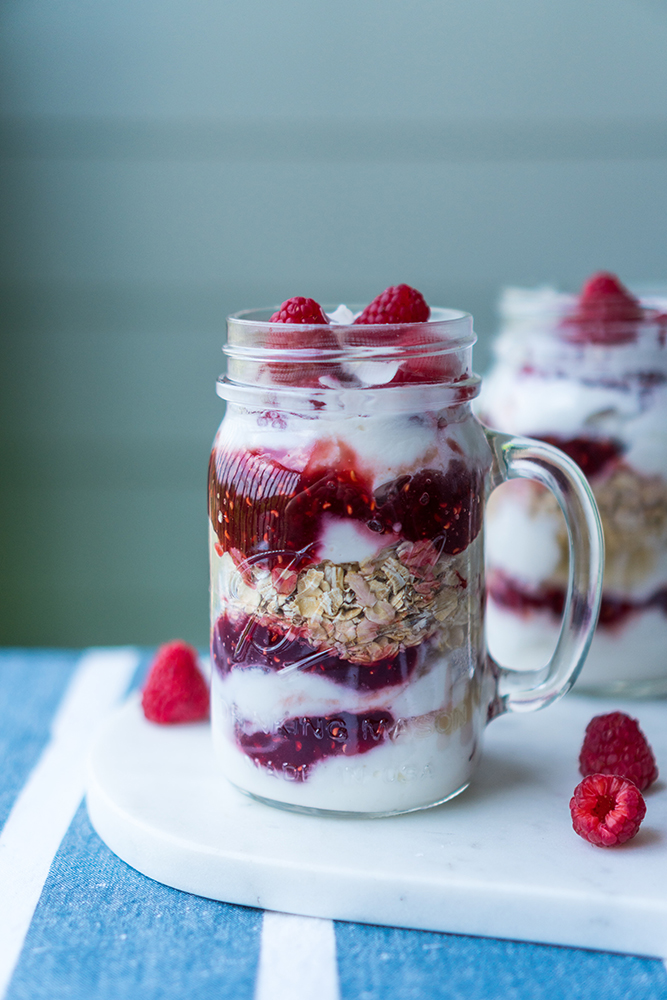
If you have seen my Theme Reveal for the A2Z Challenge 2022, then you will know that I am writing about becoming Vegetarian gradually as a response to the crisis in food supply chains sparked by the pandemic and made worse by the WAR in Ukraine. As well, I am keeping to the theme I originally planned of food which can be eaten in its own right as well as becoming an ingredient in other dishes…

I think we forget, in our world of refrigerators (if you live in the “First” World), that yoghurt, along with cheese, was originally a way of preserving milk – milk does not last long if not refrigerated, so once you have allowed “good” bacteria to work their magic, then the resultant yoghurt can’t be attacked by “bad” bacteria and even moulds will take a lot longer to attack. I covered Kefir in Kimchi, Kefir, Kombucha and Killing it in the Kitchen… and that is a form of drinkable yoghurt which is much easier to make than regular yoghurt. For other forms of yoghurt, you must
1. Bring milk almost to the boil and then cool it to around blood temperature – you will know what this is by dipping a very clean finger in…
2. Mix some live yoghurt which you have bought or saved from a previous batch (or dried yoghurt culture) – how much depends on how much milk you are using – too much is less of a problem than too little.
3. Keep at blood temperature 24 hours, in a cloth-covered bowl – a warm airing cupboard will do, but if you don’t have that luxury, then you can buy yoghurt makers with little pots sitting in a gently heated base. My new pressure cooker has a setting for making yoghurt but I haven’t tried it yet…
Yoghurt completely fits my A2Z criteria of food you can eat in it’s own right, plain or flavoured, but it also has a multitude of uses as an ingredient in other dishes. Dahi Curry or Dahi Khadi is an Indian dish where yoghurt is the main ingredient but you can also oven cook other items like Pakoras in a yoghurt curry sauce. As I have had a lot of visitors from India, this year, perhaps they might comment…
Another favourite is Overnight Oats which some people make with say, Almond Milk, Rolled Oats and fresh fruit such as Banana and Raspberry, mixed together and left to soak overnight – I like to use a runny yoghurt. It comes out rather like a porridge which has been cooked, and in a sense, it is – it has benefits over and above porridge though, including being better for avoiding diabetic peaks that you can get after porridge. This article explains in-depth and their recipe is here.
My partner is not good at eating fruit and I finally found this recipe which uses yoghurt as the base for the dressing –
Frewin’s Morrocan Waldorf Salad
1. Chop up Celery, Apple, Grapes, black or green, and add Walnuts. I add chopped Dates and or dried Apricots- hence the Morrocan soubriquet
2. The dressing is ideally made with Greek Yoghurt – this is thicker because it has been strained. Mix in well, some mayonnaise in the rough proportion 6:1 Yoghurt to Mayonnaise. This stops the yoghurt from absorbing water from the salad and breaking down.
3. Mix the dressing in well, it is a good keeper if kept covered in the fridge.
Self-Preservation
This is a bit of a pun on the fact that as well as the pleasure of eating food, you must, as you get older, consider your food in relation to your health – eating healthy… But self-preservation also means preserving food yourself and since as we have seen, Yoghurt is a form of preserved milk, it is a good thing to add to the range of preserves you can make yourself. I have covered Jam, Dehydrators, touched on Freezing and Bottling, and if you combine this with Growing your Own, you can have more control over your food, reduced sugar jam, for example, organic produce and save money by cashing in on the seasonal gluts from shops or your allotment…
Do you have an allotment, do you preserve your food yourself and what is your favourite way of eating yoghurt?